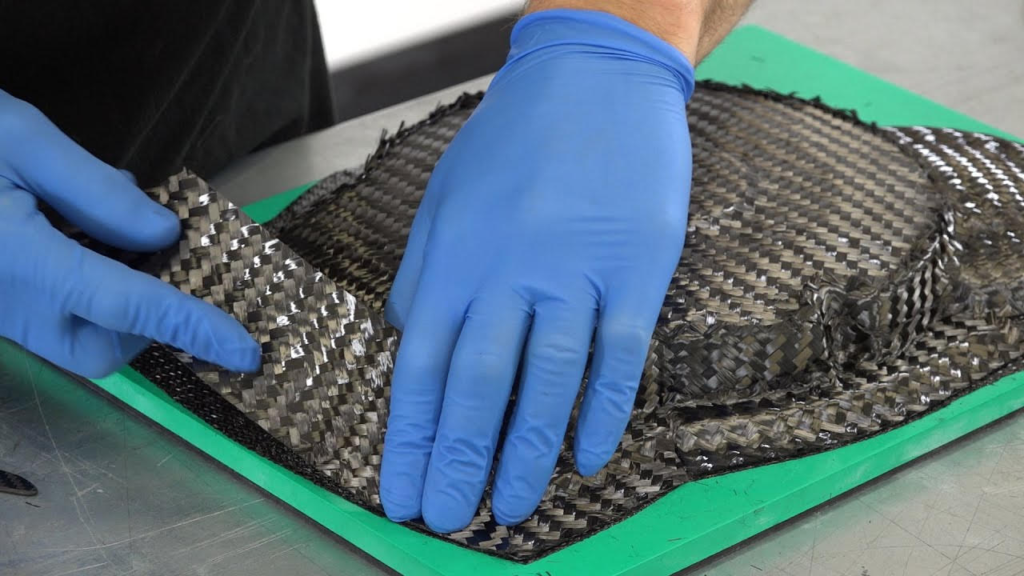
Introduction
In the realm of manufacturing and industry, the quest for innovation and sustainability intertwines seamlessly. As the world steers towards greener alternatives and heightened efficiency, one sector stands out as a pioneer in this transformative journey – the Carbon Mold Market. Let’s delve into the burgeoning demand in this domain and explore the driving forces behind its remarkable growth trajectory. The global carbon mold market is forecast to expand at a CAGR of 7.8% and thereby increase from a value of US$ 370.8 Mn in 2024, to US$ 627.3 Mn by the end of 2031, According to Persistence Market Research.
Understanding Carbon Mold Market Dynamics
Carbon molds, predominantly crafted from carbon fiber-reinforced composites, have emerged as a game-changer in various industries, including automotive, aerospace, electronics, and beyond. Renowned for their lightweight yet robust properties, carbon molds offer unparalleled advantages over traditional metallic counterparts. This shift towards carbon molds symbolizes a paradigmatic leap towards sustainability, efficiency, and cost-effectiveness.
The carbon mold market is a segment within the broader realm of carbon fiber composite manufacturing, focusing specifically on the production and utilization of molds made from carbon fiber materials. These molds play a crucial role in shaping various products across industries such as automotive, aerospace, marine, and sports equipment. With the increasing demand for lightweight, durable, and high-performance components, carbon molds offer distinct advantages over traditional mold materials, driving their adoption in advanced manufacturing processes.
Market Growth Drivers
Automotive Industry’s Push for Lightweighting Solutions
There is a growing demand for lightweight materials that can enhance vehicle performance without compromising safety with the automotive industry increasingly prioritizing fuel efficiency and emissions reduction.
Carbon molds, known for their high strength-to-weight ratio and durability, have emerged as a preferred solution for manufacturing lightweight automotive components. These molds enable the production of complex shapes with precision, contributing to the development of aerodynamic designs and advanced structural components. As automakers strive to meet stringent regulatory standards and consumer expectations for eco-friendly vehicles, the adoption of carbon molds in manufacturing processes is expected to witness significant growth.
Aerospace Industry’s Embrace of Advanced Composites
The aerospace industry’s pursuit of lighter, fuel-efficient aircraft has led to a surge in demand for advanced composite materials, including carbon molds. Carbon molds play a critical role in the fabrication of composite components such as aircraft wings, fuselages, and interior structures. These molds offer exceptional dimensional stability, allowing for the production of complex, high-precision aerospace parts while maintaining tight tolerances.
Carbon molds exhibit resistance to high temperatures and corrosive environments, making them ideal for aerospace applications where durability and performance are paramount. As aerospace manufacturers strive to reduce aircraft weight, improve fuel efficiency, and enhance overall performance, the utilization of carbon molds is projected to witness steady growth.
Key Factors Fueling Demand:
- Lightweight Design Trends: In an era characterized by a growing emphasis on fuel efficiency and environmental consciousness, lightweight design solutions reign supreme. Carbon molds enable manufacturers to create components that are not only structurally resilient but also significantly lighter, thereby enhancing fuel efficiency and reducing carbon emissions.
- Enhanced Performance Metrics: The inherent properties of carbon fiber, including high strength-to-weight ratio and corrosion resistance, translate into superior performance metrics for end products. Whether in the automotive sector, where carbon molds facilitate the production of aerodynamic components, or in aerospace, where they contribute to the development of lighter aircraft, the demand for enhanced performance is a driving force behind the surge in carbon mold adoption.
- Cost-Efficiency and Durability: While carbon molds may entail higher initial investment costs compared to traditional molds, their longevity and durability offer substantial long-term savings. Manufacturers are increasingly recognizing the cost-efficiency benefits of carbon molds, which boast extended lifespans, reduced maintenance requirements, and enhanced productivity.
- Sustainable Manufacturing Practices: Amidst growing environmental concerns and regulatory pressures, sustainability has emerged as a central theme across industries. Carbon molds epitomize sustainable manufacturing practices by minimizing material wastage, optimizing energy consumption, and reducing carbon footprints. As businesses strive to align with eco-conscious consumer preferences, the demand for sustainable solutions like carbon molds continues to escalate.
Future Outlook and Implications
The trajectory of the Carbon Mold Market paints a promising picture of innovation, efficiency, and sustainability. As technological advancements further refine manufacturing processes and broaden the scope of application, carbon molds are poised to revolutionize diverse industries on a global scale. From automotive giants to aerospace pioneers, stakeholders across sectors are embracing carbon molds as a catalyst for progress and transformation.
Conclusion: In the ever-evolving landscape of manufacturing, the Carbon Mold Market stands as a beacon of innovation and sustainability. As demand continues to soar and technological advancements propel the industry forward, carbon molds represent more than just a trend – they embody a paradigm shift towards a future defined by efficiency, performance, and environmental stewardship. With each mold crafted from carbon fibers, we inch closer to a world where excellence converges with sustainability, shaping a future that is as resilient as it is revolutionary.
